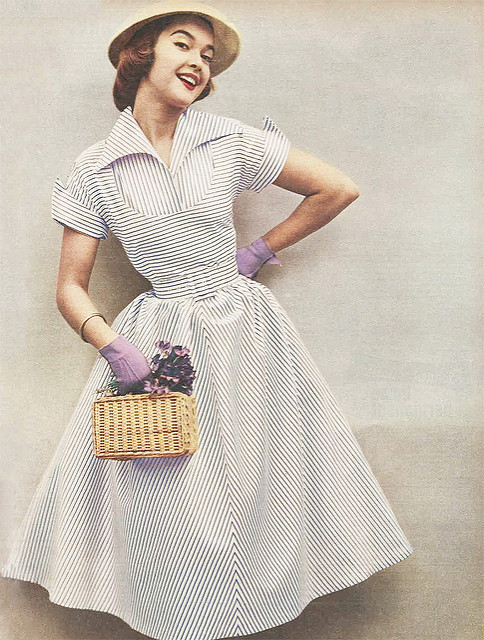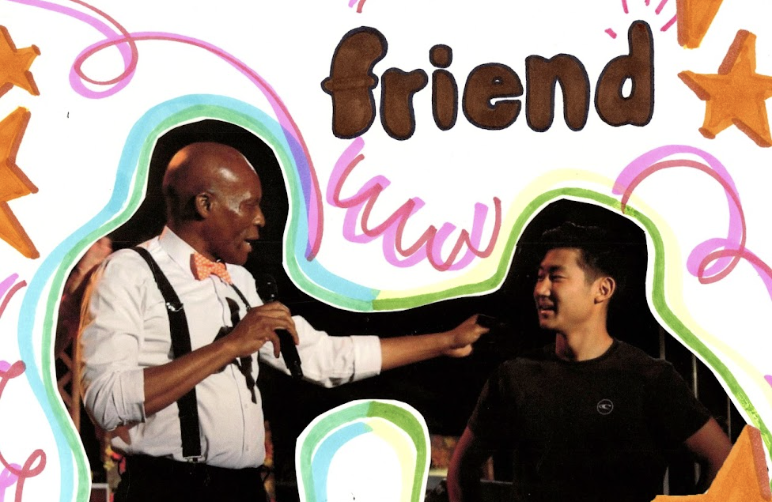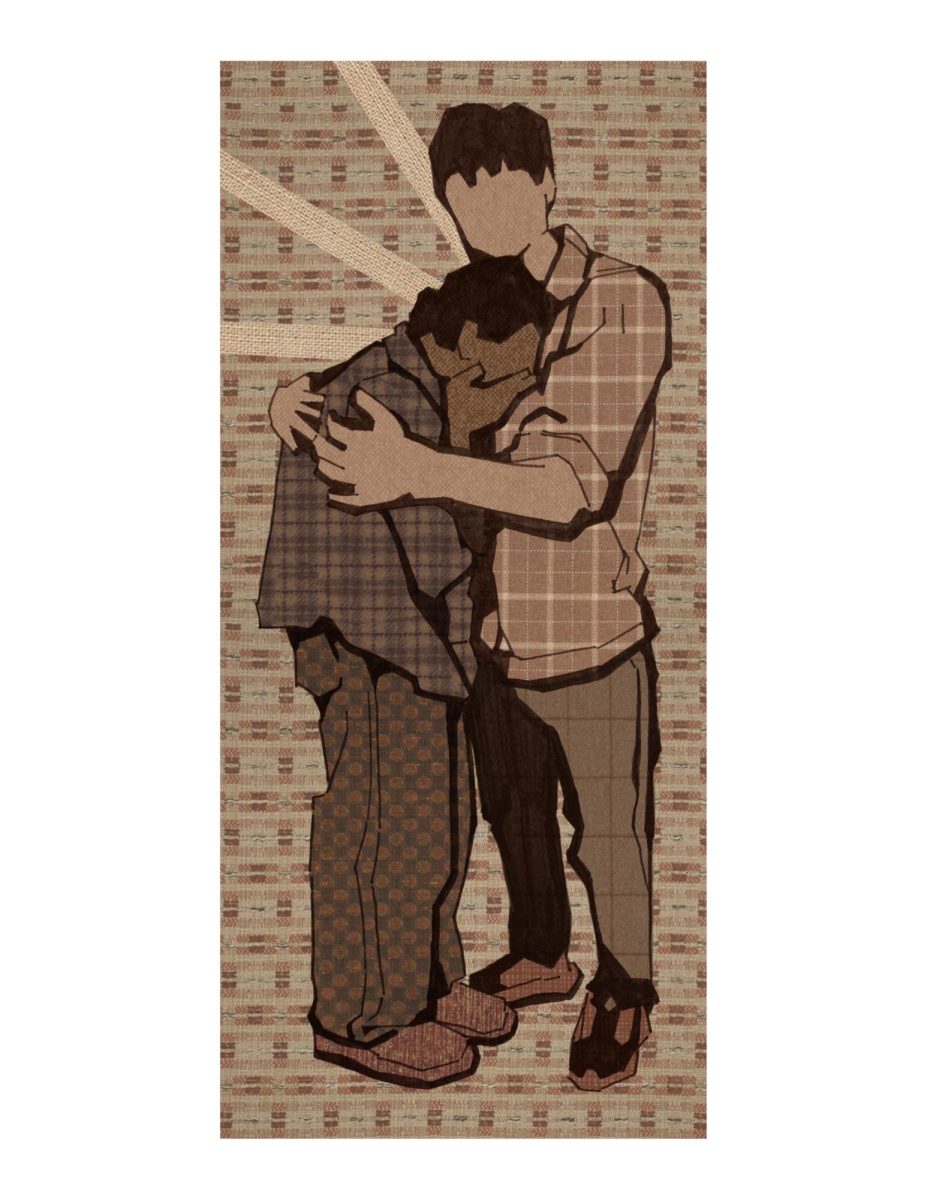I consider my love for the mid-1950s to the late 1960s extremely passionate. A lot of people my age seem to share that same, deep love. When thinking of the baby-boomer era, it is important to not romanticize this time period without remembering its negative history.
a golden age
The ‘50s and ‘60s brought many great cultural artifacts. Television exploded in this era. Sitting around the television as a family at night, watching staple shows like “Leave it to Beaver” or “Father Knows Best” was a daily bonding activity. This idea of a perfect family with a white picket fence became the American dream. Fashion during both eras was dynamic, highlighted with icons such as Audrey Hepburn and Twiggy.
Film was in a golden age. From 1950 to 1969, 32 films landed on the list of the American Film Institute’s top 100 best films of all time. Music was extremely influential and confusing during these 20 years. Any genre of music had the ability to become popular. On one end of the spectrum, some of the greatest rock and roll bands and musicians — The Beatles, Jimi Hendrix, The Rolling Stones — came out of this time. On the other side of the spectrum, a television show soundtrack — Henry Mancini’s “Moon River” — won two Grammy awards for record and song of the year at the fourth Grammys in 1961.
pristine and innocent
Everything appeared pristine and innocent on the forefront of culture in the ‘50s and ‘60s. This facade of the American dream and retro-futurism hid deep gender and racial problems. Pop culture set the patriarchy in stone in the ‘50s. The name of the television show “Father Knows Best” alone showed America’s gender problems. Women were bound to the home and child care and legitimately looked upon as insane if they did not marry. Consumerism also stratified gender roles. Commercials portrayed ideas of what woman can and cannot do such as changing a tire. Consumerism in general depicted outlandish ideas like doctor-approved smoking.
perpetuating stereotypes
It goes without argument that race relations were a major problem during the baby-boomer years. Popular culture perpetuated this idea. The community of the American dream seen on television and in films never included people of color. America romanticized the idea of Hawaii and the rest of the Pacific after their brief contact with the area during WWII — even if that meant perpetuating stereotypes. In film, deep racial tension from WWII was evident in the portrayal of Japanese people in films like “Breakfast at Tiffany’s” — where white comedian Mickey Rooney appeared in yellow-face. Tensions between black and white citizens came to a violent point in America and it marked one of the worst times for civil rights in the nation. From Rosa Parks to lynch mobs, it was an era America can only look upon with shame.
The 1950s and the 1960s were both great and horrifying. It would take a lifetime to discuss all the ways they contributed to not only America, but the world. Millennials cannot forget to emulate the past without bring up its negative aspects.







